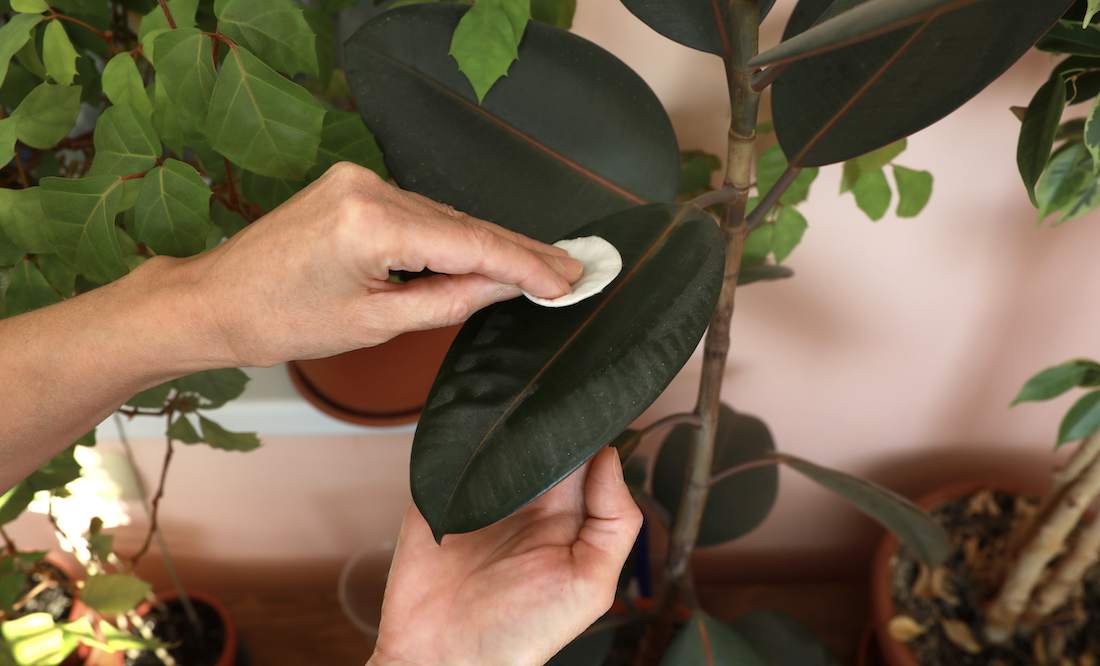Plants make sounds that express their stress

- Plants give cues to reveal when they’re under physical stress, like changing their appearance and emitting gaseous chemicals.
- New research demonstrates that stressed plants also emit sounds that are detectable meters away.
- The research suggests that animals interacting with plants may have evolved to interpret these sounds. It holds direct applications for monitoring crop status in agriculture.
A common arboreally themed thought experiment compels us to challenge our assumptions about perspective and observation. It takes the form of a banal question: “If a tree falls in a forest and no one is around to hear it, does it make a sound?”
But here is perhaps a more practical inquiry: “When a tomato plant is thirsty, does it make a sound?”
According to a groundbreaking study by plant scientists from Tel Aviv University and their colleagues in the United States, the answer to that second inquiry is a resounding yes. The researchers’ work suggests that under stress, plants emit unique noises that can be detected from several meters away. These are not just random sounds — the scientists used machine learning models to identify a plant’s physical ailments, like dehydration and injury, based on the noises made by the plants. In other words, plants use sounds to communicate their stress.
Published in the journal Cell, this cutting-edge research challenges the conventional view of plants as silent, uncommunicative beings.
Unheard-of plant research
We all know that plants give off physical cues when they are stressed. When your garden tomatoes begin to wilt, you might start watering them more. Likewise, your Monstera may need more nitrogen if its leaves change suddenly from dark to translucent green.
Plants also emit volatile organic compounds — chemicals released as gases that other plants respond to. For example, plants that detect the compounds of a neighboring comrade being chewed by a caterpillar will react by upping their anti-herbivory defenses, perhaps by shifting toxic or unpalatable chemicals to their leaves and stems.
In short, plants can produce visual, chemical, and tactile cues that communicate their displeasure. But research has not established whether they can express themselves through sound.
We know they make noise. We have all heard the snap of wood. We also know that plants can react to noise. For example, scientists have demonstrated that plants change the expression of specific genes or increase sugar concentration in their nectar in response to noise.
But previous research has not answered whether plants create airborne sounds that other organisms can hear and react to. That tantalizing knowledge gap prompted a group of scientists, led by researcher Itzhak Khait, to examine the longstanding question.
Make a stressful noise
The research team subjected tomato and tobacco plants to different treatments, including injury, via cuts to the stem, and drought. They recorded these groups and a healthy control group in an audio chamber. Stressed plants in both treatment groups emitted significantly more sounds, with a mean of 15 to 35 noises per hour depending on the group. Plants in the control group emitted a mean of less than 1 sound per hour.
If you want to know what the plants sound like, you can listen to actual tomato recordings. (These noises are inaudible to human ears, so the researchers altered the recordings to bring them into an audible range.)
The researchers next turned to computers. They trained machine learning models to classify the species and their conditions based on sound emissions. The researchers divided the sounds into groups corresponding to the four possible combinations of two plant species (tomato and tobacco) with two treatments (drought and cutting). Overall, the model performed well. It correctly identified the stress condition of a plant based on its sound over 70 percent of the time, suggesting that different stressors produce unique noises.
The model’s strong performance held up even in the greenhouse. Despite many background noises such as wind, air-conditioning units, and maintenance work, it correctly distinguished stressed plants from control plants over 84 percent of the time.
Bursting a plant vessel
This research joins a growing body of literature that tells us plants are much more interactive than we once gave them credit for. The scientists successfully recorded sounds from five additional taxa, including wheat, pincushion cacti, and grapevines, suggesting that sound production may be a widespread phenomenon among plants.
So how do plants make noise? The authors propose that the sounds come via cavitation when gas-filled bubbles in xylem vessels burst. This process generates tiny shocks that propagate throughout the organism’s tissue to produce detectable sound waves.
The sounds may not be intentional, like human language or a dog’s bark. But even if they are accidental, they could have ecological significance, as other organisms may use them to make decisions. If a machine learning algorithm can distinguish these noises, it is feasible that animals interacting with plants may have evolved to interpret these sounds. In fact, any organism that can hear in the ultrasonic range of 20-100 kilohertz — including mice, moths, and other insects — can detect these noises from 3 meters to 5 meters away. A moth, then, might avoid laying eggs on a dehydrated or diseased tomato plant.
Such interactions are conjecture at this point. Further research is needed to determine the conditions under which plants produce sound and how these sounds might affect other organisms in natural settings. The study does, however, have immediate applications for agriculture. Sound emissions could be used to monitor hydration and possibly infection status — questions of crucial importance in farming. More precise irrigation could save considerable water costs and might dramatically boost yields.
Like most good research, this paper opens up more questions than it answers. Under which conditions do plants make noise? Do they only make noise when they experience stress that causes changes to the xylem, like drought? Do they also make noises when they are diseased or experience herbivory? Finally, how do these noises sound to other organisms and influence them in natural settings?
If only we could ask the plants about it.





